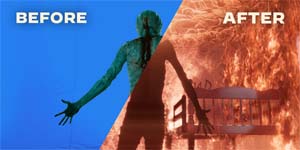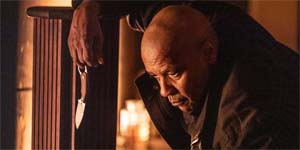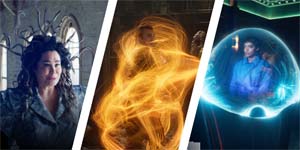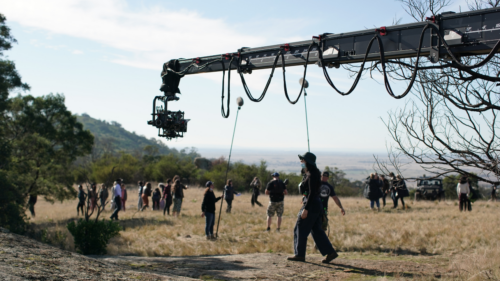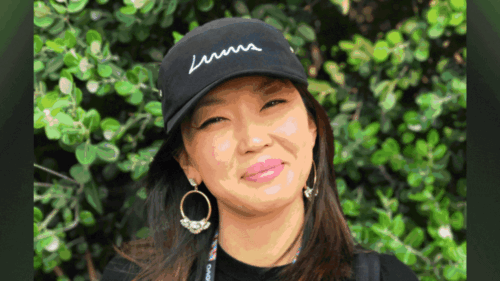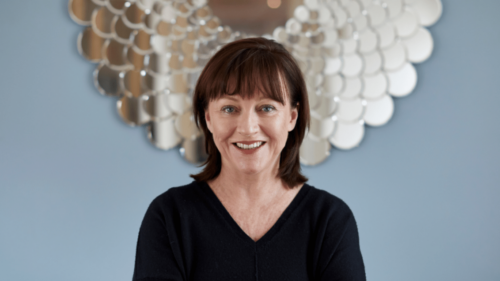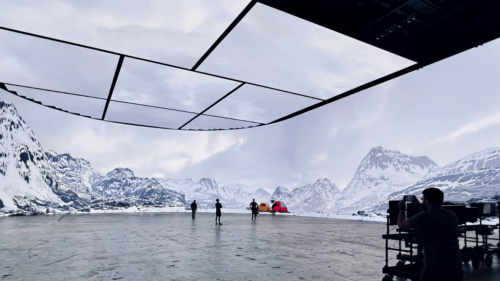/News 17.04.24
Future Associate brings dreams to life in Boy Swallows Universe
Recently named Netflix’s most popular Australian-made production to date, streaming series Boy Swallows Universe has taken the world by storm, spending three weeks in Netflix’s Top 10 charts in January.
Telling the story of a young boy named Eli and his family across a span of seven years, the series explores the underworld of 80s Brisbane through the eyes of two teenage brothers, often blurring the line between reality and the boys’ imaginations.
Helping to add a touch of magic to the series were VFX experts Future Associate, whose team worked hard to bring many of the show’s more fantastical scenes to life. Delivering a total of 350 shots across 7 episodes of the series, Future Associate spent over a year working on the project, starting with on-set consultation in mid 2022 all the way through to shots being finalised in August of 2023.
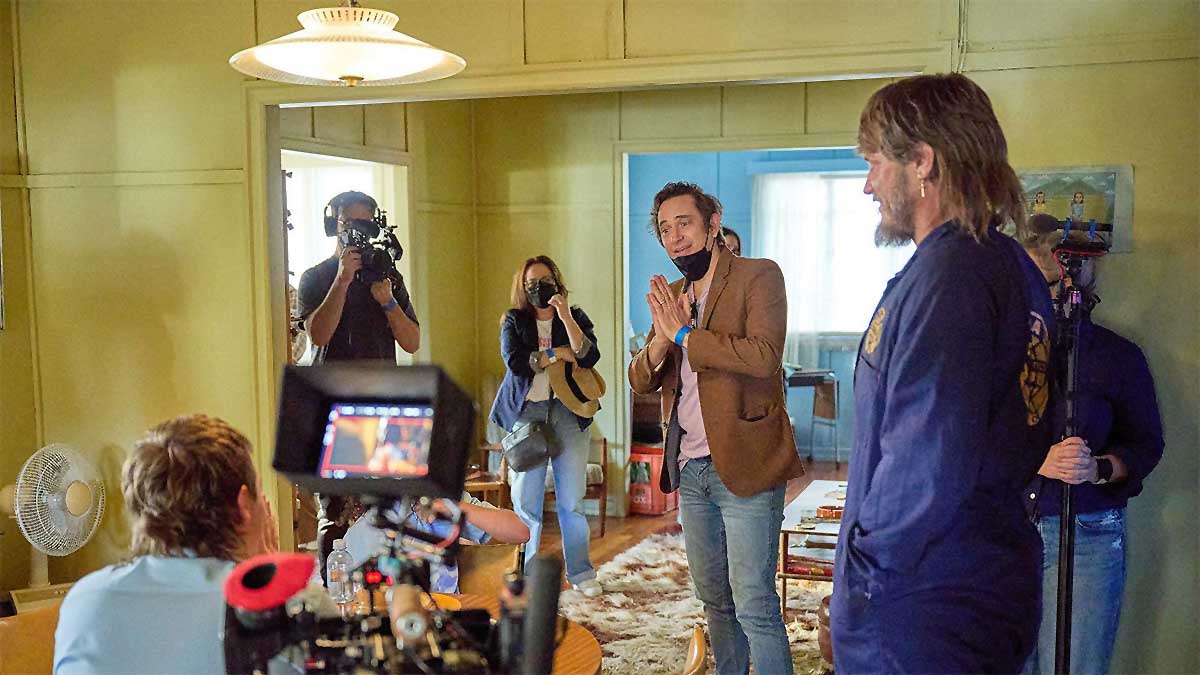
Future Associate’s team say that it was crucial the right balance was found for the VFX in the show, with the special effects often being used to offset the dark subject matter. “Despite the Aussie comedy presented in the show, the content is rather serious,” explains Future Associate’s VFX supervisor Lindsay Adams. “A number of effects have an almost whimsical nature – as if they had been spawned from a child like imagination – which helps to contrast the serious imagery being presented.”
This fantasy element meant Future Associate tackled a number of prominent effects over the course of the show – from sky replacements, to CGI text, virtual vehicles, background alterations, and even animal simulations.
Dream Sequences
A repeated theme throughout the show are a series of dreams which see the characters Eli and Gus floating through space in a Holden Kingswood, requiring significant work in post by Future Associate to complete the scenes.
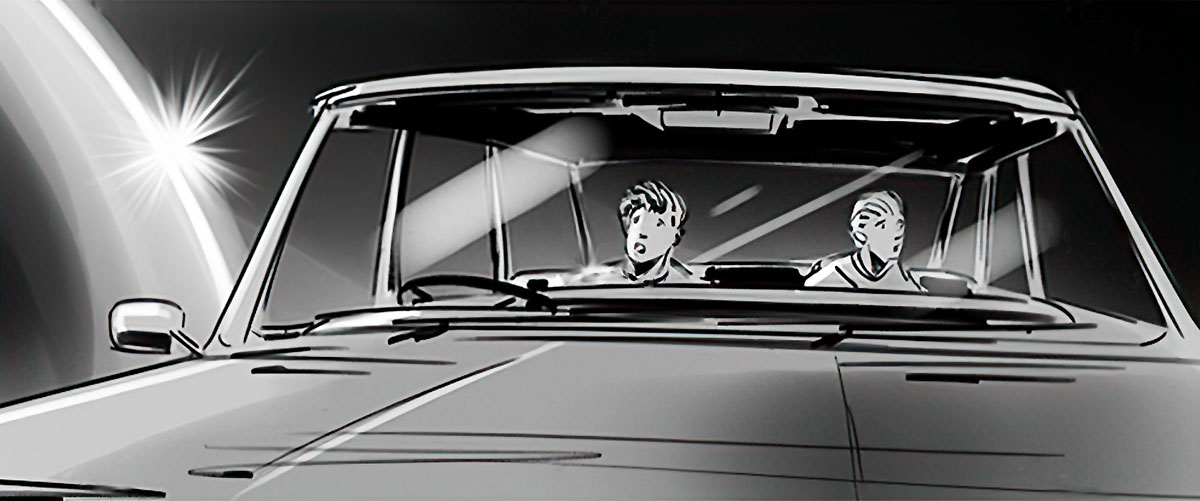
The final shots were accomplished through a combination of blue screen footage, where the car had been rigged up and maneuvered to replicate flying, alongside a number of fully computer generated sequences, largely for the wide shots.
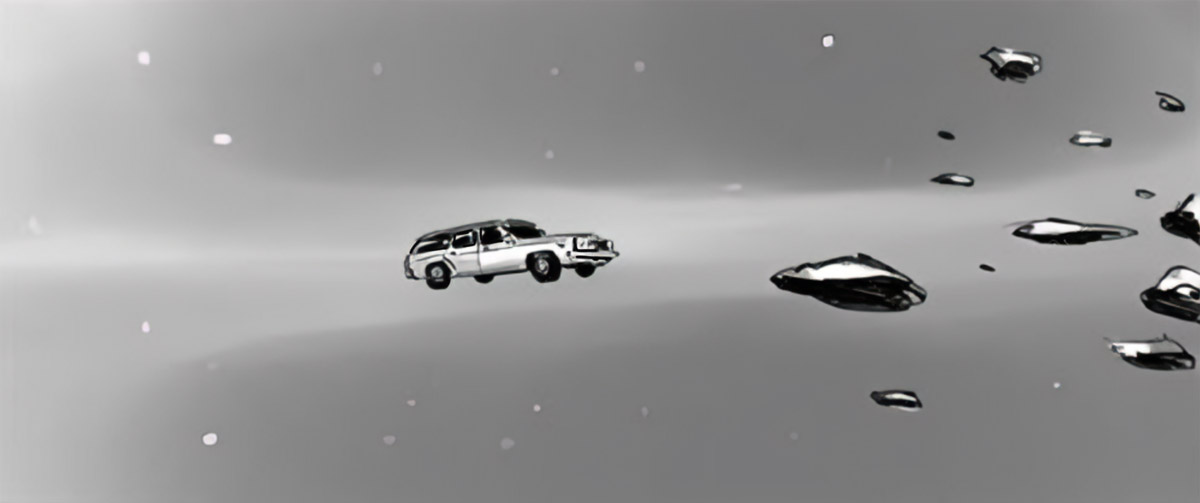
Vapour Text
One of the most prominent special effects in the series is the wispy smoke trail which the character Gus leaves hanging in the air as he writes messages to his brother Eli. This effect was crucial in allowing the audience to follow the characters’ conversation, but needed to be done in a way that wouldn’t take viewers out of the moment, so the stakes were high to get it right.
The final effect was brought to life in Houdini, using 3 steps to get the wispy look of the vapour trails just right.
Animators first started by hand-drawing the shape of the on-screen writing with a tablet. The outlines of these shapes would then be used as a three dimensional ‘suction target’ – acting as a centre of gravity to pull fluids or gasses towards them, like a vacuum sucking up smoke.
A ‘pyro force’ was used to feed simulated smoke into this writing shape, where it would travel down the path of the text from one end to another to reveal the writing.
For the final step, Future Associate’s team used the smoke’s movement to advect a particle simulation, creating the desired wispy vapour movement and shape.
After being rendered in Houdini, the simulated vapour text could then be handed to compositors to integrate into the final shot.
The vapour’s Houdini setup worked through 3 different processes in order to achieve the desired wispy look:
- A suction target system,
- a pyro force target micro solver system, and
- a pop advection system.
The suction target system worked by using a draw curve for the initial InOut. This means the input for the words’ shape were manually drawn using a Wacom tablet, in order to achieve a handwritten look that would not repeat letter types like a font would.
This writing then went through something called a For Each End process, using a carve node. This made the written words appear in the same order they were drawn, and gives flexibility for individual words to have different timing.
Two outputs were created from those drawn words. First was a 3D version of the words with added thickness, used to trap the pyro (smoke) in the word shapes. The second output was a process that takes the most recent end-point from the words while they are being written out on screen, acting almost as the tip of a pencil.
The pyro force target micro solver system works by taking the final outputs of the suction target system mentioned above. Within the micro solver the most recent point is used to emit smoke in the motion of the words being created. Then, the second output of the suction target system, the written words with thickness, is used as a suction target for the smoke. This meant that as the smoke was written out, it became trapped inside of the suction target object. The effect of this was to make the smoke constantly move around with interesting vorticity within the suction target object.
Finally a pop advection system took the original curve shape after the For Each End process in the suction target process. These animated words are duplicated 5 times then given different animated noise on each word to make them squiggly. The individual lines in the written words are spun extremely fast, run through some velocity curl noise and then used as the input for a pop sim.
Particles are constantly emitted from these animated spinning lines. Adding curl noise to the velocity makes the particle emission have a more interesting shape. Finally the output from the pyro force target micro solver is used to advect the pop sim, the particles now inherit the velocities from the smoke sim within the suction target object. This gives the writing it’s nice wispy look.
Lastly the pop sim is converted to a volume, rendered and integrated into the final shot.
The Wren
Threaded throughout the show are appearances by a small Blue Wren which acts as an important omen in the story.
To help the show's creators accomplish these shots without having to work with live animals, Future Associate developed a fully CGI wren for the show, based on a large cache of reference material provided by the show's production team.
For effects like the wren, approximate scaled physical models were placed into the appropriate locations on-set as a starting point reference, which were then painted out by Future Associate before the final animations were digitally inserted.
Water Simulations
The abundance of water based VFX in the series was of particular interest to Future Associate's team, with the CG crew excited to "get their feet wet" on scenes involving a completely CGI splashing fish and an impressive car crash in a lake.
"The back and forth around these shots always had the team bubbling with a sense of excitement," explains Future Associate’s Lindsay Adams. "There was a real eagerness to dig into dealing with any changes."
The Clocktower
The series' final clocktower scene required significant CGI work from Future Associate to complete. This included blue screen replacements, realistic shattering glass, and body physics simulation.
Watch the full breakdown of Future Associate's work on Boy Swallows Universe below:
Find out more about how Future Associate could help with your next project by contacting Future Associate's Visual Effects Supervisor Lindsay Adams:
[email protected]
+61 403 229 116






